With technology becoming more and more commonplace in society, it's no surprise that eCommerce is on the rise. Businesses of all sizes are benefitting from the ability to reach a larger audience online, and there's no doubt that this trend is here to stay.
One popular platform that businesses are using to excel in the eCommerce world is Shopify. Founded in 2006, Shopify has grown to become a top eCommerce platform with over half a million users worldwide. But why is Shopify so popular?
Replo Reviews: What is Shopify?
- How does Shopify work?
- How to start selling on Shopify
- Pros and cons of Shopify
- Shopify vs. other eCommerce platforms
By the end of this article, you'll have a good understanding of what Shopify is and whether it's the right eCommerce platform for your business. Let's get started!
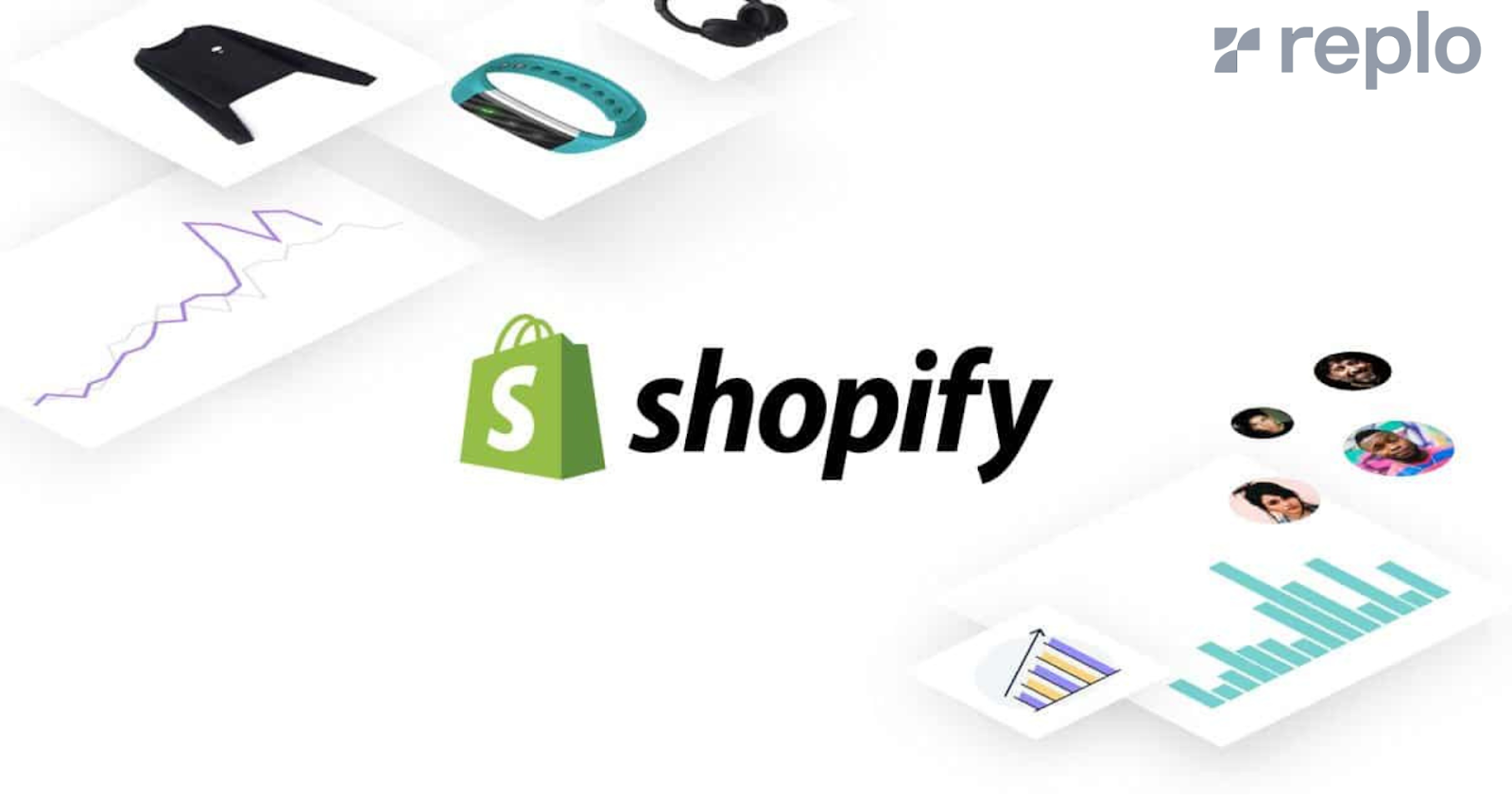
What Is Shopify?
Shopify is a complete eCommerce platform that lets you create an online store to sell your products. It includes everything you need to get started, from a customizable online storefront and shopping cart to powerful tools for managing your inventory, orders, and customers. You can even use Shopify to accept payments and track your sales.
At Replo we also offer additional Shopify support through our Library of customizable and templated landing pages. This will leave you with more time to focus on sales rather than spending hours upon hours building your landing page. After all, the name of the game is efficiency!
How Does Shopify Work?
Shopify works by giving you access to a customizable online storefront which you can use to sell your products.
Here is an overview of how Shopify works from the initial setup to putting up your first product for sale.
1. Add Key Pages
Shopify allows you to add key pages such as "About Us" page, "Contact Us" page, and "FAQs" page to your online store.
You can do this by logging into your Shopify dashboard. While in your dashboard, click "Online Store" to expand the options, then select "Pages." A little "Add Page" button will appear in the top-right corner of the screen – click on it to create a new page.
You'll find yourself on a new screen where you can add the page title, content, theme, etc. Fill in the required information, then click "Save" to add the page to your Shopify store.
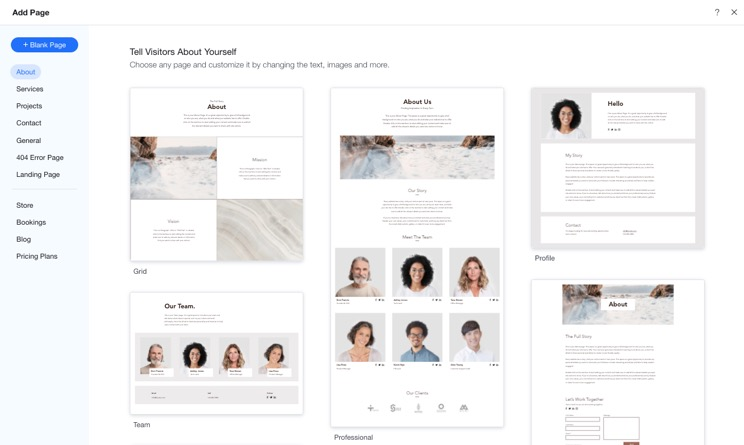
2. Add Your Products
After you've added your key pages, it's time to start adding products. Again, Shopify makes this process simple and straightforward. While in your Shopify dashboard, click on "Products" in the menu. A little "Add product" button will appear in the top-right corner of the screen. Click on it to be taken to a new page where you can fill in all the necessary information about your product, such as the name, description, price, images, etc.
Once done, click "Save" to add the product to your Shopify store. Repeat this process for each product you want to add.
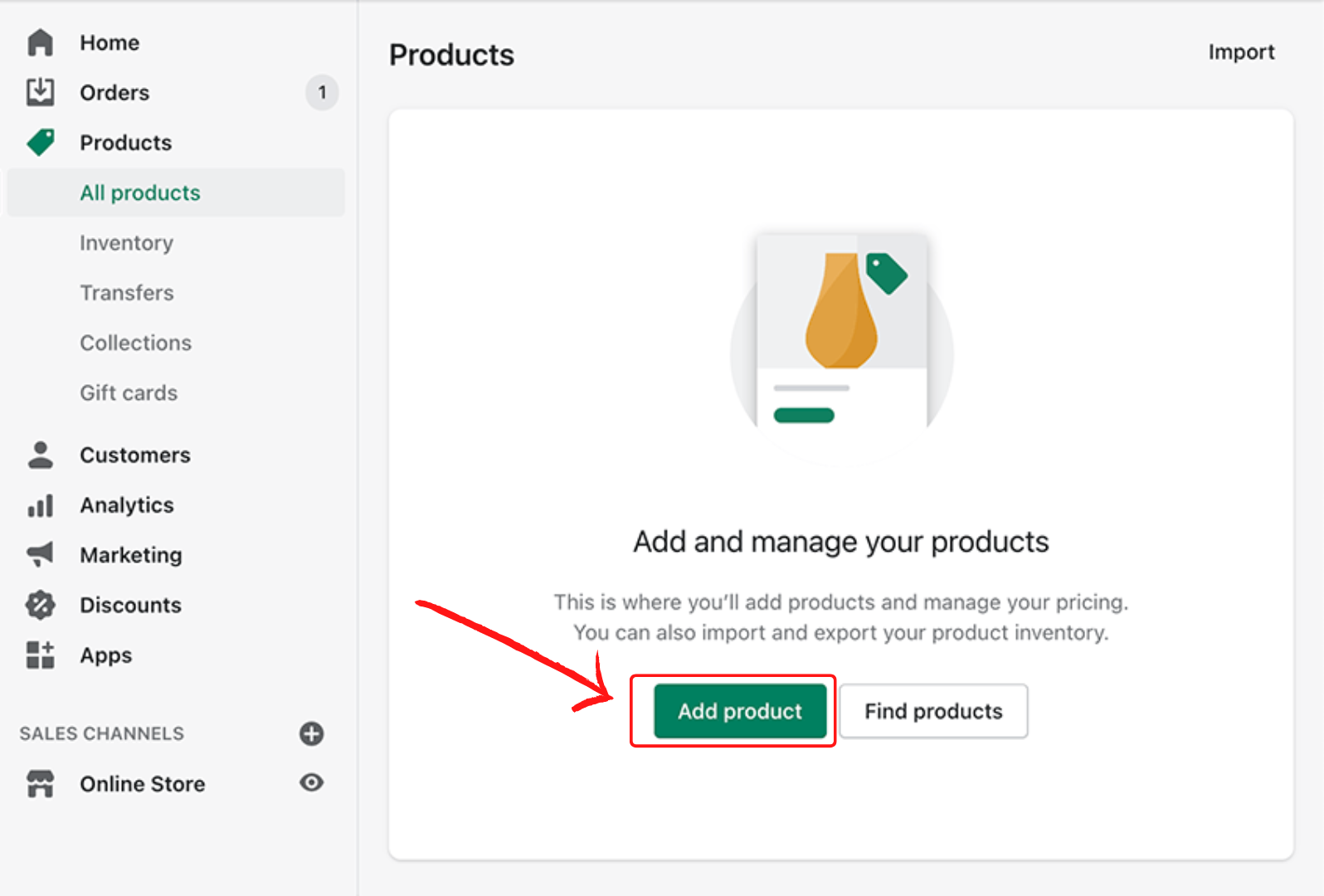
3. Make Collections Pages
If you have a lot of products, you might want to consider making collections pages. This will help your customers find what they're looking for more easily and make your Shopify store look more organized and professional.
To create a collections page, log into your Shopify dashboard and click on "Products." Then, select "Collections" from the menu. Click "Create collection," and you'll be taken to a new page where you can fill in all the necessary information, such as the collection title, description, and image.
Fill in all details, and add your products to the collection page. Click on "Save," and your collection page will be added to your Shopify store.
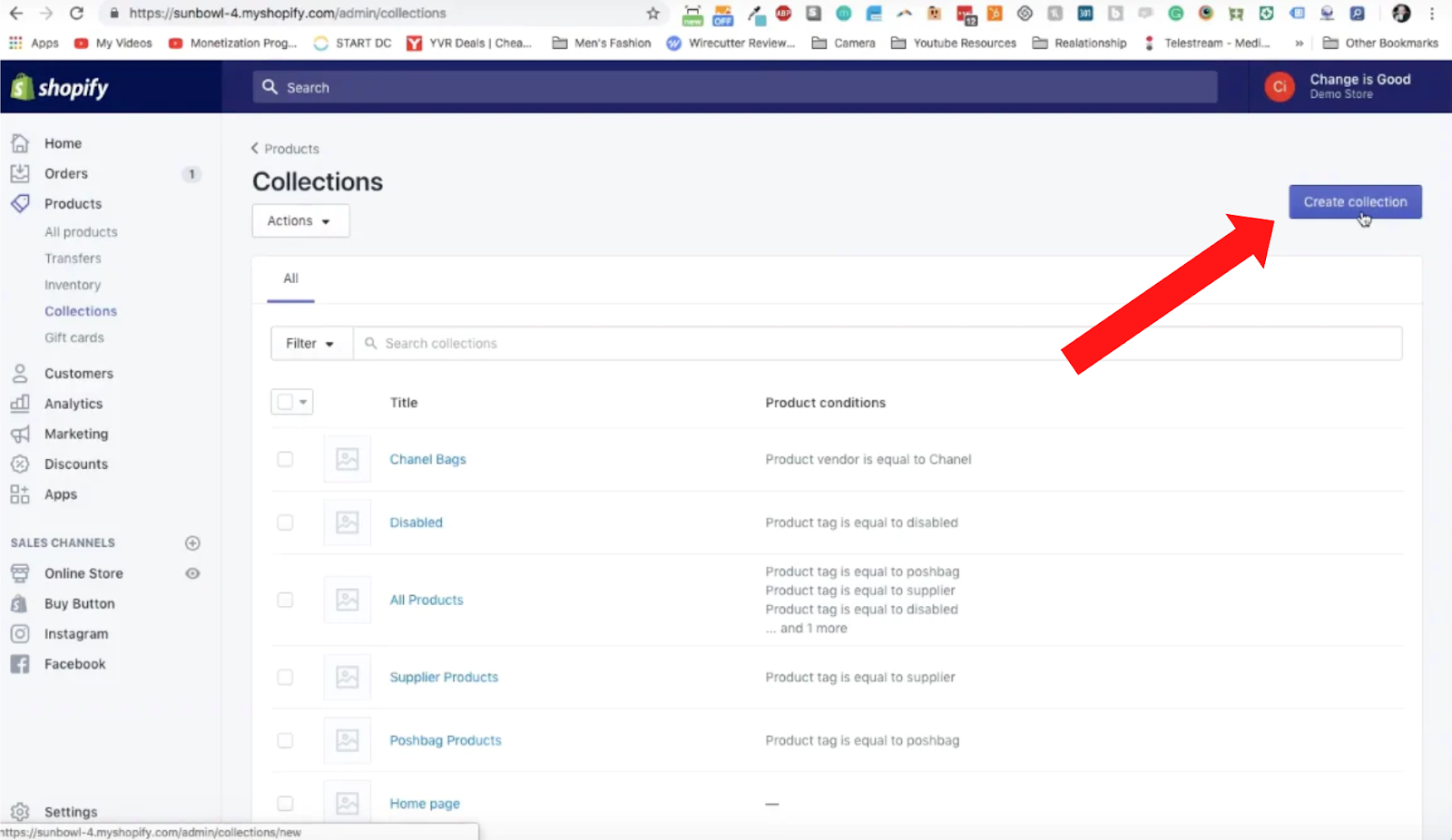
4. Customize Your Store
When you first create your Shopify store, it will have a basic design. If you want to customize the look and feel of your store, you can do so by logging into your Shopify dashboard and clicking on "Online Store." Then, select "Themes" from the menu.
On the right side of the screen, you will see two options - "Visit Theme Store" and "Explore free themes." Choose whichever option you prefer, then you'll be taken to a new page where you can browse through all the available themes. When you choose a theme you like, click on "Actions," and then "Publish" to change your current theme.
To customize your new theme, click "Customize" and make changes to the colors, fonts, layout, etc. Make all the changes you want and click on "Save" to save your changes.
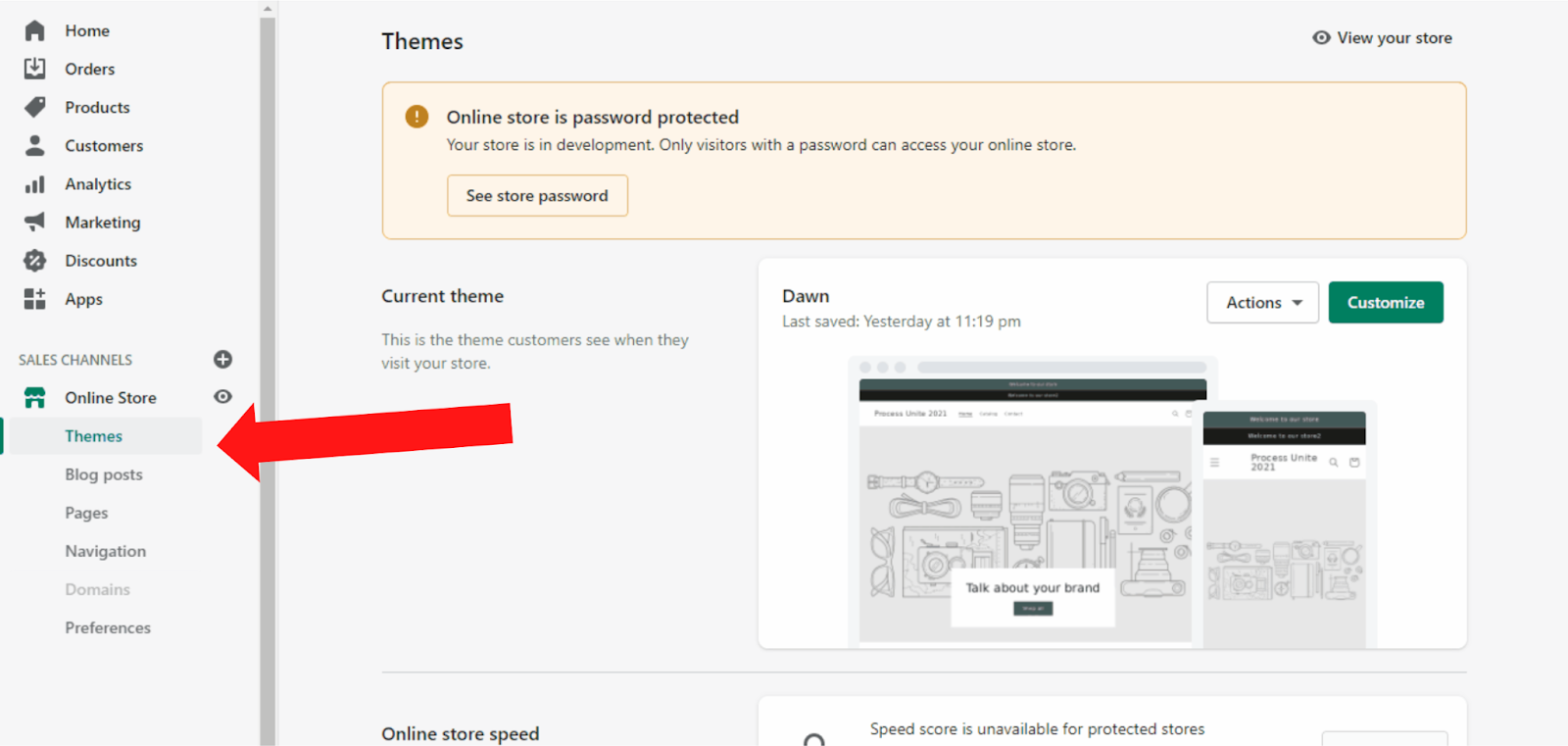
5. Once you've added your products, pages, and collections, and you've customized your store's design, there are a few other settings you might want to consider changing.
For example, you can set up shipping and delivery, taxes, payment methods, and more. To change these settings, log into your Shopify dashboard and click "Settings" on the bottom left.
From there, you'll be able to change all the different settings for your Shopify store. For example, to change your shipping and delivery, click "Settings," then "Shipping and delivery." To change your payment methods, click "Settings," then "Payments."
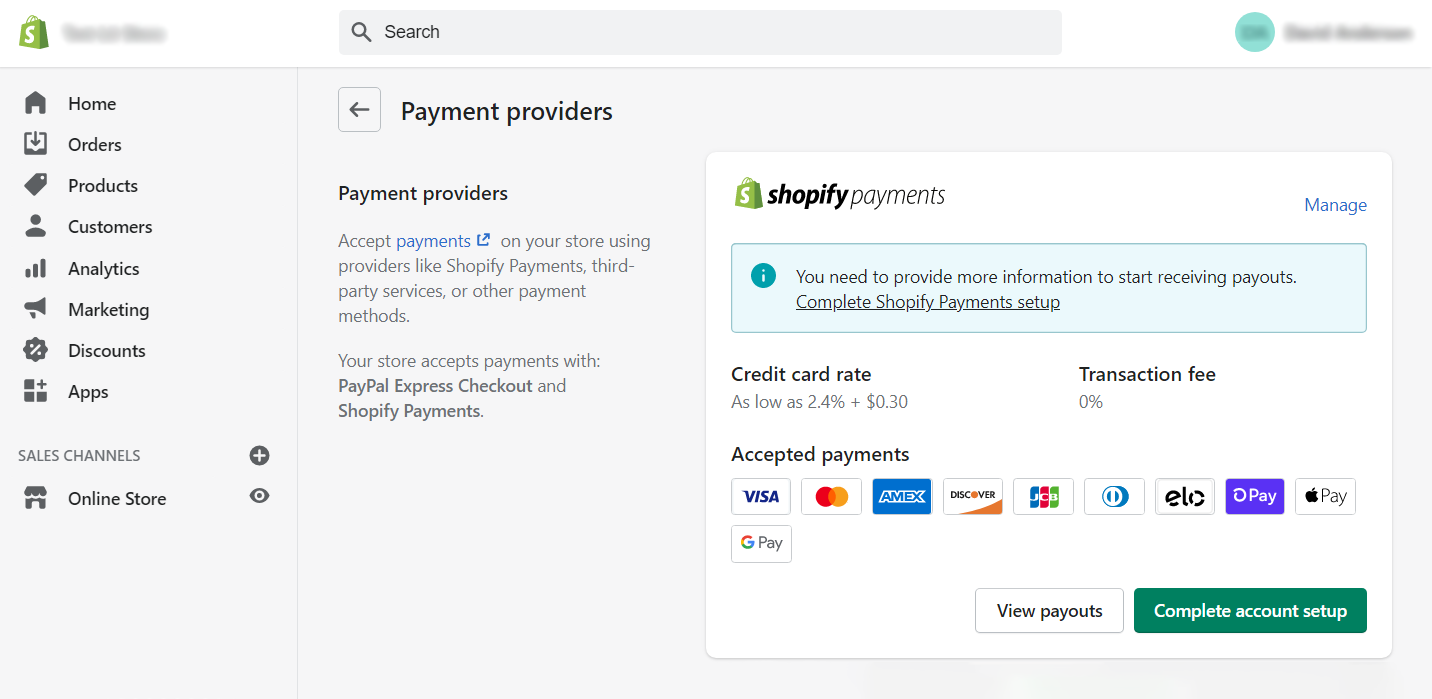
How Much Does Shopify Cost?
As a subscription-based platform, Shopify offers five different subscription plans:
- Starter ($5 per month)
- Basic ($24 per month)
- Shopify ($69 per month)
- Advanced ($299 per month)
- Shopify Plus (from $2000 per month)
Basic
The package includes an online store, 24/7 support, market domains and subfolders, unlimited products, a free SSL certificate, 2 staff accounts, up to 4 inventory locations, basic reports, and a retail point-of-sale (POS).
Shopify
The package includes an online store, 24/7 support, market domains and subfolders, unlimited products, a free SSL certificate, 5 staff accounts, up to 5 inventory locations, standard reports, and a retail point-of-sale (POS).
Advanced
The package includes an online store, 24/7 support, market domains and subfolders, unlimited products, a free SSL certificate, 15 staff accounts, up to 8 inventory locations, advanced reports, and a retail point-of-sale (POS).
Note: Basic, Shopify, and Advanced plans all support multiple sales channels, manual order creation, recovery of abandoned carts, discount codes, gift cards, marketing automation, customer segmentation, currency conversion, and local payment methods.
Starter
The starter plan includes a simple storefront, a checkout, a contact page, unlimited product pages, and a Linkpop (a link in bio tool).
Simply put, this plan provides you with what you need to start selling your products on social media platforms. It's designed for people who don't need a fully operating online store.
Shopify Plus
Shopify Plus plan is for enterprise-level businesses and includes everything from the other plans, custom solutions, VIP support, and more. Terms, features, and pricing are subject to negotiation based on the business's sales performance.

Who Uses Shopify?
Shopify is used by businesses of all sizes, from small businesses to large established enterprises.
Businesses involved in the clothing, jewelry, furniture, art, food and beverage, electronics, and service industries are some of the many who use Shopify.
Some notable brands that use Shopify include Tesla Motors, Kylie Cosmetics, Red Bull, and Sephora.
However, some of the businesses that Shopify doesn't support include multi-level marketing schemes, drug paraphernalia, and weapons.
Is Shopify Good For Beginners?
Yes, Shopify is a great platform for beginners because it's easy to use and doesn't require any coding knowledge.
Shopify provides a setup wizard that guides you through the process of setting up your online store. This makes it easy for beginners to get started, even if they've never created a website before.
Also, Shopify provides the option of working with drop shipping vendors, which is a great way for beginners to start selling products online without worrying about inventory or shipping.

How To Start Selling On Shopify
Getting started with Shopify is easy. You can start selling on Shopify following these simple steps:
Sign up For Shopify
Shopify offers a 3-day free trial without having to enter your credit card information. After the free trial, you'll need to choose a Shopify plan.
To sign up for Shopify, go to www.shopify.com and click on the "Start your free trial" button to get started.
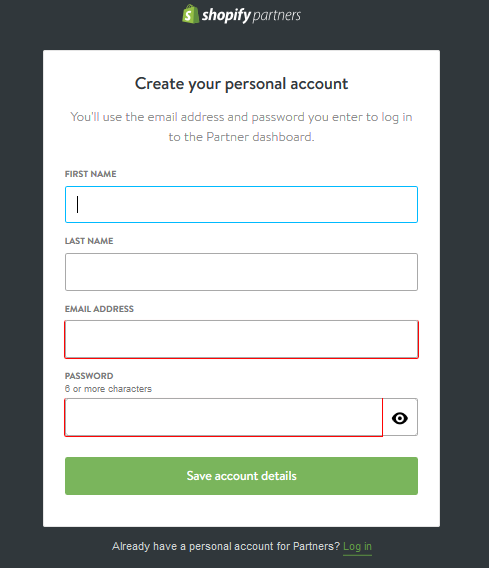
Name Your Store
The name of your store is important because it's how customers will find you online. The name will also appear on your invoices and shipping labels. Once you sign up, you'll be asked to name your store. This can be changed later, but it's good to have an idea of what you want your store to be called.
If you choose to change the name of your store later, you'll log in to your Shopify admin and click on "Settings" followed by "Store Details." On the right side of the screen, you'll see "Basic information" and an "Edit" button further right. Click on the "Edit" button and enter the new name of your store. Once done, click "Save" to change the name of your store.
Once done with these steps, you can start adding products, customizing your store's design, configuring your store's settings, and selling your products!
Pros and Cons of Shopify
Shopify is a comprehensive eCommerce platform that offers businesses of all sizes a complete solution for selling online. However, like all eCommerce platforms, it has its pros and cons.
Pros
Ease Of Use
Shopify is designed to be user-friendly, even for those with no prior website or coding experience. The platform is easy to navigate and provides users with step-by-step instructions for setting up and managing their online store.
Mobile-Friendly Designs For Your Online Store
Shopify offers a wide selection of mobile-friendly themes for your online store. This is important because most shoppers now use their mobile devices to shop online. With a mobile-friendly design, you can ensure that your customers have a positive shopping experience in your store, regardless of their device.
Excellent Shopify Support
Shopify offers excellent customer support, with 24/7 live chat, phone, and email support available to all merchants. There is also a vast Shopify Expert directory of professionals who can help you with everything from designing your store to marketing your products.
Social Media Integration
Shopify allows you to easily integrate your store with your social media accounts. This makes it easy to promote your products and drive traffic to your store.
Built-In Payment Tools
Shopify comes with built-in payment tools. This means that you don't have to worry about setting up a third-party payment gateway, which can save you time and money. In addition, Shopify also offers its payment gateway called Shopify Payments, which has lower transaction fees than other popular payment processors.
Cons
Theme Customization Challenges
Shopify's themes tend not to be as customizable as other platforms. This can be an issue if you want to change the look and feel of your store beyond what is possible with Shopify's themes.
However, if you’re looking for additional customization features, check out Replo’s Library of templates.
Transaction Fees
If you are not using Shopify Payments, you will be charged transaction fees on all third-party gateway transactions.
Expensive Add-Ons
In order to add certain features to your store, you need to install Shopify's paid apps. These can quickly add up in cost, especially if you need multiple apps to get the features you want.
Shopify vs. Other eCommerce Platforms
Shopify is just one of many eCommerce platforms available on the market. When deciding whether or not Shopify is the right platform for your business, it's important to compare it to other popular eCommerce platforms.

Shopify vs. Magento
Shopify is a hosted eCommerce platform that offers users a simple way to create and manage their online stores. On the other hand, Magento comes in two offerings - an all-inclusive hosted eCommerce platform (also known as Magento Commerce) and a self-hosted open-source eCommerce platform (also known as Magento Open Source) - both of which give users more control over their store's design and functionality.
Magento Open-Source is free to download and use, while Magento Commerce is a paid enterprise-level platform (price varies depending on your business). On the other hand, Shopify is offered in five different monthly subscription plans: Starter ($5), Basic ($24), Shopify ($69), Advanced ($299), and Shopify Plus (Starts from $2000).
When it comes to usability, Shopify's platform is designed for users with little to no technical knowledge, and the initial setup process is very simple and straightforward. On the other hand, Magento's platform is geared toward developers and users with more technical knowledge.

Shopify vs. WooCommerce
WooCommerce is a free, open-source eCommerce plugin that can be added to any WordPress website. Once installed and activated, WooCommerce turns a WordPress website into a fully functioning eCommerce store. On the other hand, Shopify is an all-in-one eCommerce platform offering users everything they need to create and manage their online stores.
WooCommerce is a more techie platform compared to Shopify. The platform is open source and can be modified to the code without any limitations. On the other hand, Shopify is a closed platform that only allows drag-and-drop features to make changes on the front end.
In this case, Shopify may again be the better choice for beginners.

Shopify vs. BigCommerce
BigCommerce is another popular eCommerce platform that's very similar to Shopify. Both platforms offer users everything they need to create and manage online stores. However, there are some key differences between the two platforms.
When it comes to design, BigCommerce offers powerful built-in tools that give users more control over their store's design. On the other hand, Shopify is a more user-friendly platform for beginners that relies on its app store to add extra design elements and functionality to stores.
In terms of pricing, both Shopify and BigCommerce are subscription-based platforms. However, BigCommerce's pricing plans are slightly more expensive than Shopify's. BigCommerce offers four different monthly subscription plans: Standard ($29.95), Plus ($79.95), Pro ($299.95), and Enterprise (custom pricing).
Why Should I Choose Shopify?
Now that we've compared Shopify to other popular eCommerce platforms, let's take a look at why you should choose Shopify for your online store.
Shopify is a perfect platform for businesses of all sizes. Whether you're a small business just starting out or you're a large enterprise, Shopify has a plan that's perfect for you.
In addition, it is a user-friendly platform that's perfect for beginners. Shopify's platform is easy to use, doesn't require any technical knowledge, and offers a wide range of features and integrations businesses need to succeed online.
Also, Shopify offers 24/7 customer support, and you can always reach out to them if you have any questions or need help with something.
Overall, Shopify is a great eCommerce platform with everything you need to start, grow, and succeed with your online store.
Tips On How To Build An Online Store With Shopify
Now that you know why you should choose Shopify for your online store, let's take a look at some tips on how to build an online store with Shopify.
Sign Up To Get Started With Shopify
The first step is to sign up for a Shopify account. You can sign up for a free 3-day trial to get started. At this stage, you'll need to enter basic information about your business, such as your business name, email, and password.
Add Products To Your Store
Once you've signed up, Shopify will take you to your store's admin area. Here, you can start adding products to your store.
Customize Your Store's Design
The next step is to customize your store's design. Shopify offers a wide range of themes you can use to get started. Simply browse through the themes and choose one that you like.
Setup Your Domain
Once you've designed your store and added the products that your customers can purchase, the next step is to set up your domain. You can either use Shopify's default domain or you can buy a custom domain.
Activate Payment Methods
The next important step is to activate payment methods. This will allow your customers to purchase the products from your store. Shopify offers "Shopify Payments," which eliminates the need to set up a third-party payment gateway. This allows you to accept credit cards directly in your store.
Launch Your Store
The last step is to launch your store and start selling! You can also start marketing your store to drive traffic and sales at this stage.
Final Thoughts
As we have seen, Shopify is a great eCommerce platform for businesses of all sizes. It is user-friendly, offers a wide range of features and integrations, and provides 24/7 customer support.
If you're thinking about starting an online store, Shopify is the eCommerce platform for you. Follow the tips in this article, and you'll be sure to build a successful online store with Shopify!
Additionally, if you’re looking for assistance in taking your Shopify experience to the next level, let Replo help! We work to supercharge your Shopify store with our pre-built landing pages. So why not start your project today with one of our Replo experts. We’ll provide you with ongoing support and a seamless process for any project big or small!